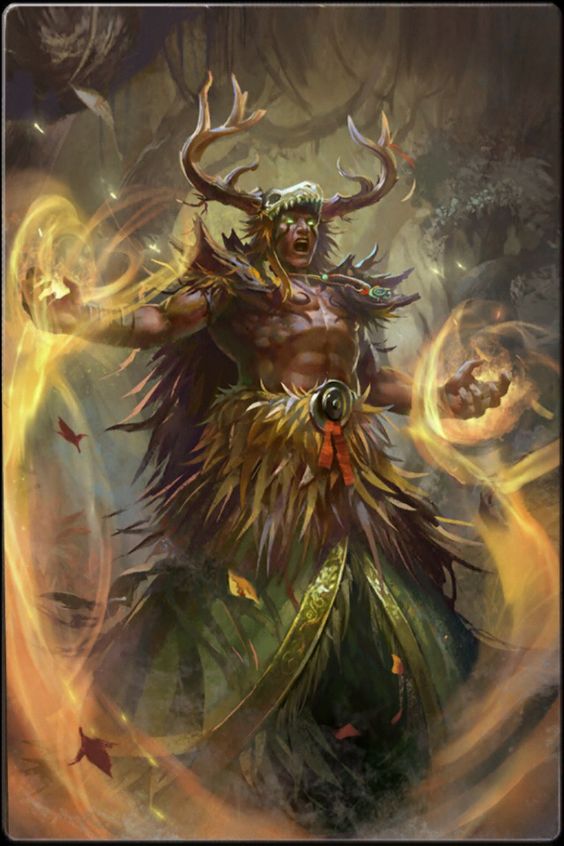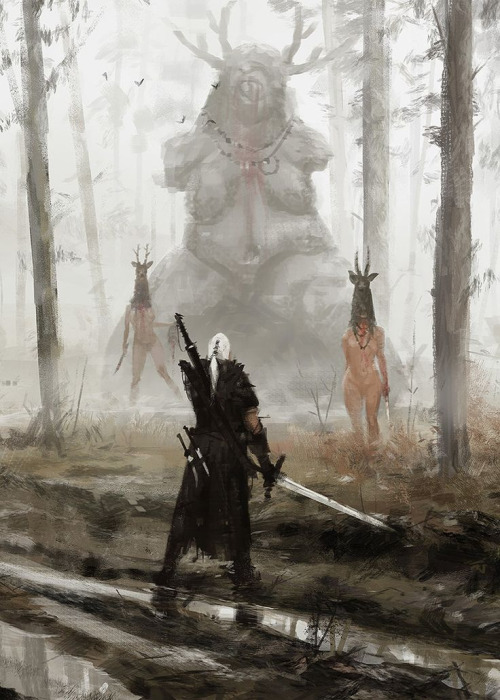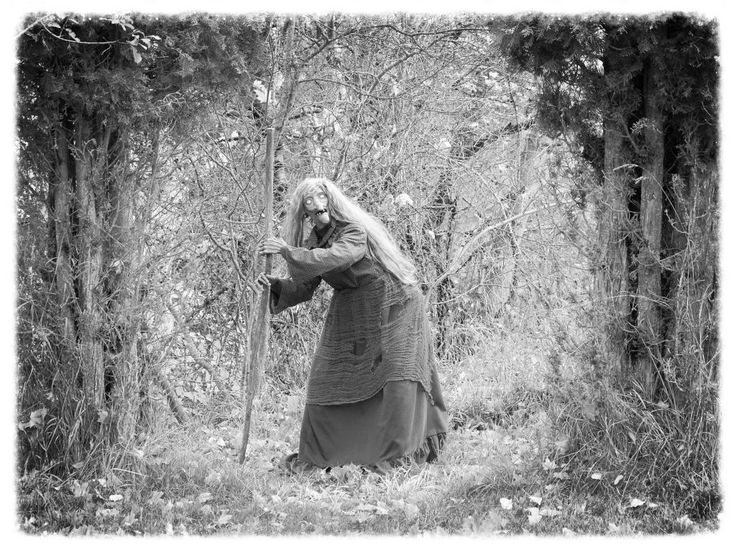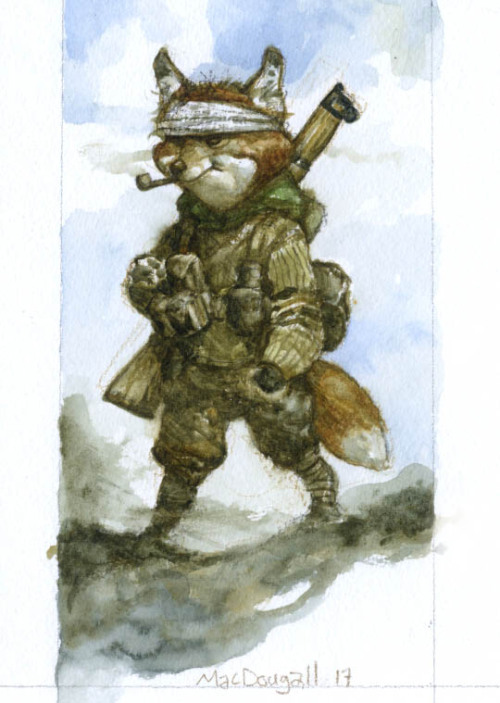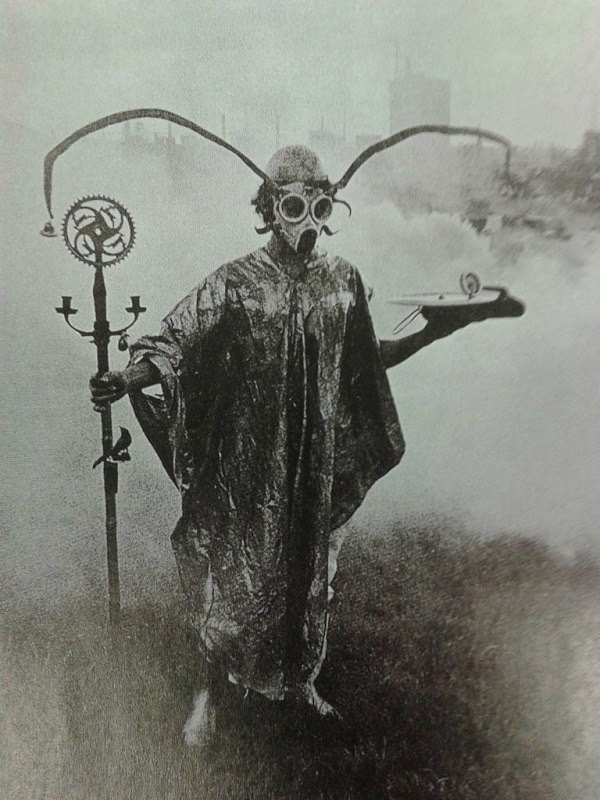NEON LORDS OF THE TOXIC WASTELAND
Words by Brian Shutter
Art by Mustafa Bekir
Published by Super Savage Systems
“BAD DUDES DUKE IT OUT
Page 2
IN RAD ADVENTURES IN A FORGOTTEN FUTURE
DO YOU HAVE WHAT IT TAKES TO BE A BAD DUDE?“
Two words describe this game.
fuck.
yeah.
I got lucky and was sent a preview copy of Neon Lords of the Toxic Wasteland to review before it goes up on Kickstarter.
This is the goddamn PREFACE!!!
“Neon Lords of the Toxic Wasteland can be summed up as HE-MAN escaping from New York in a post-apocalyptic vehicle blasting heavy metal while his wizard pal spews the most unholy evil spells from the passenger side window at a horde of mutants. It is an ultra-violent and style matters rpg set in the far future, after the neon wars of 1992. Half Medieval Fantasy, half Sci-Fi, all Gonzo. Neon Lords of the Toxic Wasteland stemmed out of my love for 80’s and 90’s action, horror, sci-fi, and pop culture. It’s a pen and paper rpg mix-tape of all the radness that came from those decades.”
The Rules
Neon Lords is based on B/X Dungeons and Dragons (the Basic/Expert edition from the early 80s, if you’re a noob), so the game play is simple, familiar, and easy to pick up. It uses the standard range of dice, but the names of stats have been changed to better fit the setting. This is a great idea that more OSR games should do.
The differences between Neon Lords and B/X are conveniently listed on the first page;
• CORE MECHANICS BASED ON THE B/X RULES
• 9 CLASSES: DEATH BRINGER, WAR WIZARD, COSMIC BARBARIAN, DWARFLING, STAR SPAWN, HOLY SMITER, CYBERSKIN, SKULL JAMMER, AND NIGHT STALKER
• RACE AS CLASS
• PROWESS, AND FORTUNE
• CLASS-SPECIFIC ABILITY SCORE
• ROLLED ABILITY SCORES AND HP
• ASCENDING AC
• NO SKILLS / SMART PLAYERS
• SPELL CHECK / TO HIT MAGIC SYSTEM
• POINTS BASED CLASS ABILITY SYSTEM
• SPELL MISFIRE CHART
• CRITICAL FAILURE AND SUCCESS CHARTS
• SLOT ENCUMBRANCE SYSTEM
• SLOWER, WEAKER REST AND HEALING
• HIRELINGS AND REACTIONS
• SAVING THROWS: GRIT, AGILITY, RESOLVE, AND DEATH
The ATTITUDE of this game is off the fucking charts. It’s obnoxious, loud, brutally honest, and in your face. The writing and artwork both enforce this.
Still on the first page and Brian Shutter writes the following;
“Death is right around the corner. One slip up could end in a new character.”
“Characters die every day. They are not special, and neither are you!”
Neon Lords includes a mechanic called the Neon Blast Roll, which is an exploding die when rolling for damage. Why exploding dice when rolling damage? BECAUSE THIS GAME IS HARDCORE
The game uses Fumble and To the Max! charts. To the Max is the name for a natural 20 critical hit. I wish Fumbles had a cool nickname, but whatever. I love rolling on charts and tables no matter what they are called.
The saving throws are more akin to modern D&D, with Grit (Fortitude), Agility (Reflex), and Resolve (Willpower). There is a fourth saving throw, though; DEATH. Death saves kind of take a little bit from the other three saves and represent the really bad shit that you would need a lot of luck to survive against.
A really cool thing that I don’t recall seeing in other games is that in Neon Lords of the Toxic Wasteland, you can Fumble or take it To the Max! on saving throws. Which is an awesome idea, and without giving everything away, I’ll just say DON’T fumble on a save!
Another thing I haven’t seen before is critical successes on percentile dice rolls. That’s pretty nifty and I wish I had thought of it 20 years ago when I played Rifts.
Character Creation
Hit Points
I’m going to take a moment to talk about Hit Points. I’ve never really understood why many games give your character a number of hit points, but you really have more hit points than that because you don’t die until you go into NEGATIVE hit points. Like, why not just add more hit points and die at zero?
Neon Lords of the Toxic Wasteland does hit points right; at zero, you’re dead. Well, you’re dead unless you succeed on your Death save.
Ability Scores
Neon Lords uses its own ability scores, rather than the old B/X abilities. This is a great thing, because it really enforces the attitude of the setting.
Burliness: equivalent to Strength. Score high enough and you also get a bonus to your Attitude score!
Prowess: equivalent to Dexterity
Endurance: equivalent to Constitution, but with an added bonus if you score really high.
Attitude: equivalent to Charisma, but if you score high enough you can start the game with a meat shield minion!
Brains: equivalent to Intelligence.
Sleaze: Sleaze is sort of the oposite of Attitude. A character with a high Attitude score and a low Sleaze score is considered charismatic in the human dominated areas, but seen with suspicion in the wastelands. There are some specific examples given of when and where to use Sleaze and the Sleaze modifier. It’s an interesting mechanic and makes sense to have when you consider that in normal D&D, an elf with a high Charisma is going to be hated by the monster races. So an ability that is sort of at the other end of that is welcome.
Fortune: Fortune is a point pool that can be spent to affect certain rolls. It’s essentially Luck points and works basically the same way. However, if your character ever runs out of Fortune (Fortune doesn’t regenerate) you have to roll on a Bad Luck table at the end of EVERY long rest! Most of the items on the table are bad, but not seriously bad. Some are even beneficial!
There are also Class Abilities that have their own scores, charts, and consequences.
After rolling up you Ability scores, the next (and vitally important) thing to do is determine your Hair Style. Everything from the classic Mullet, to the Prince Adam, to the Devil Lock. Not only does this add some flavor to your character, but each hair style also has a special and unique power!
Classes
Rather than have the tried and true (and boring) Fighter, Wizard, Cleric, Thief classes, Neon Lords of the Toxic Wasteland uses nine basic classes. While some of them are basically stand-ins for the classic classes, others are cool and new and all of them have a unique flavor.
For example, the Death Bringer is a re-skinned Fighter. But it also has a special ability that allows it to regain hit points if it “kills and opponent… may bask in the slaughter and drink the lifeblood of his fallen enemy.” Metal.
The War Wizard is a cranked up version of the classic Wizard that, get this… gets an armor class bonus based on their Brains modifier! They also start with a skull that has its own random table to determine whose skull it is. War Wizards have a class ability called Chaos points that they can use to do a variety of powerful shit.
The Cosmic Barbarian is a cocaine (I mean, “space dust”) addled badass who starts the game with a pair of Sick Shades and a fanny pack. They have a special attack called, You Sonofabitch which is when two Cosmic Barbarians high five during battle (like in Predator), it creates a huge blast!
Equipment
Remember those Sick Shades and Fanny Pack I mentioned as the starting equipment for the Cosmic Barbarian? Yeah, those have full descriptions AND special abilities!
Mercenaries
Neon Lords has a series of tables to quickly create Mercenary hirelings, if the PCs want to hire them. In just three rolls you can have a mercenary that is a mutant who is annoyed with taking the job, and has an out of control mechanical arm.
Magic
Spell magic works similar to the classic style, with some differences. Each spell slinging class has Spell Dice. Spell Dice sort of work like a dice pool; roll a bunch of dice, any that come up 4 or higher are good. When spellcasters are at rest and working out which spells to memorize for the next day, they roll the spell dice and the successes equates to the number of spells they can memorize; 4 successes equals 4 spells available.
Neon Lords also uses Spell Checks for spells that rely on a target rolling a saving throw. d20 compared to a DC. Magic classes can spend their Class Ability points to alter this roll.
A roll of natural 1 is a fumble on the spell check and means Spell Misfire and bad shit happens. Roll on the misfire table!
My copy of Neon Lords of the Toxic Wasteland has only spells for level 1 for War Wizards, Holy Smiters, and Star Spawn. Some notable spells are Dub Step Thunder (horrible sound that hurts enemies), Necrotic Regurgitation (acid puke that causes others to puke), and Shield (has a mini table to roll on to determine what the manifestation of the shield is; flesh, slime, etc).
Adventuring
The adventuring section is mostly what you would expect from every role playing game, with some cool additions like different types of unnatural sight (Infravision, Smell-o-vision, Truesight) and a table for Breaking Down Doors based on Class. Intimidation has a cool write-up and works with Fortune and Sleaze to get a Reaction.
Experience Points
Neon Lords uses XP from gold and from killing shit. All the XP gathered from this is put into a pool that the Players then decide how to split. If this turns the session into an argument between the players, the Neon Lord (DM) can decide to take all the XP away and no one gets anything!
Encumbrance
Encumbrance in interesting in that each class has a number of slots they can use for equipment before needing to get a backpack or some other thing to carry stuff. War Wizards and Star Spawn get the most equipment slots, as they can utilize pocket dimensions for stuff.
Combat
Combat works like every other game, except a neat little chart is provided that gives the order for combat. This would probably be really helpful for noobs, and even includes separate sections for single handed and two handed weapons. Good stuff.
There is a Firearms Fumble Chart with results ranging from Nothing happens, to Shooting Yourself in the Foot. Non-firearm attacks get a much larger Fumble Chart.
Critical Hit tables (To the Max!) are specific to each class, which is cool.
Neon Lord’s Section
This part of the book is for the Neon Lord (DM) and players ain’t supposed to look in here.
There is a Fear Table, that PC’s roll against when they could get scared. The die they roll changes as they go up in level, decreasing the chances of being really scared. It’s a cool mechanic that more games should look into using.
Included is a Loot the Dead Dude table, which is always helpful. Other tables include Drug Effects and Minor Mutations.
Next is the Bestiary with such monsters as the Barf Bag; irradiated vomit causes mutation and damage, and the Drool-Aid Man; who is filled with acidic liquid and shatters when damaged, drenching everyone around with flesh dissolving gore!
All of the monsters have simple To the Max! tables for the Neon Lord to roll on. Most of these have an Instant Death option, like the Mutant Brawler who is unimpressive overall, but on a 20+ on their To the Max! roll, punches a hole through your chest!
Monsters also have a Fumble Table, because its only fair, right?
Rad Treasure
In the Wastelands, the goblinoids and mutants use human teeth as currency. These are worthless in civilized areas and are not transferable to gold.
We’re given a lot of special, alien, ancient, and magical items in this section. Energy drinks that restore HP, Leopard print spandex briefs that allow you to communicate with Lord Randy (of course the Macho Man is a god in this world!), and the Fanny Pack of Eternity!
Sample Adventure!
The Last Outpost on the Left
Some force has taken over an outpost and the PCs have been hired to see what happened, rescue any survivors, and wipe out the mutant freaks who did the vile deed.
This adventure introduces something called Nightmare Mode, which is like an Expert level version of the game. This increases the deadliness of the adventure but also doubles the XP.
I don’t want to give too much away about the adventure, but it certainly looks fun, the descriptions are all like that of an 80’s action movie, and the final boss is awesome.
Optional Rules
Including the aforementioned Nightmare Mode, there is also Saturday Morning Mode, which makes it super easy for wimpy PCs, and ULTRA-NIGHTMARE MODE! “For the true sadist only!“
And finally, a table for Lasting Injuries and their effects.
Conclusion
Neon Lords of the Toxic Wasteland is… well, its fucking badass and awesome. That’s pretty much it. I can’t wait for the finished version. I reccommend buying into the kickstarter, cause this thing is going to be epic.
Kickstarter happening November 1st
Check out the DrivethruRPG
Sweet Merch at TeePublic
